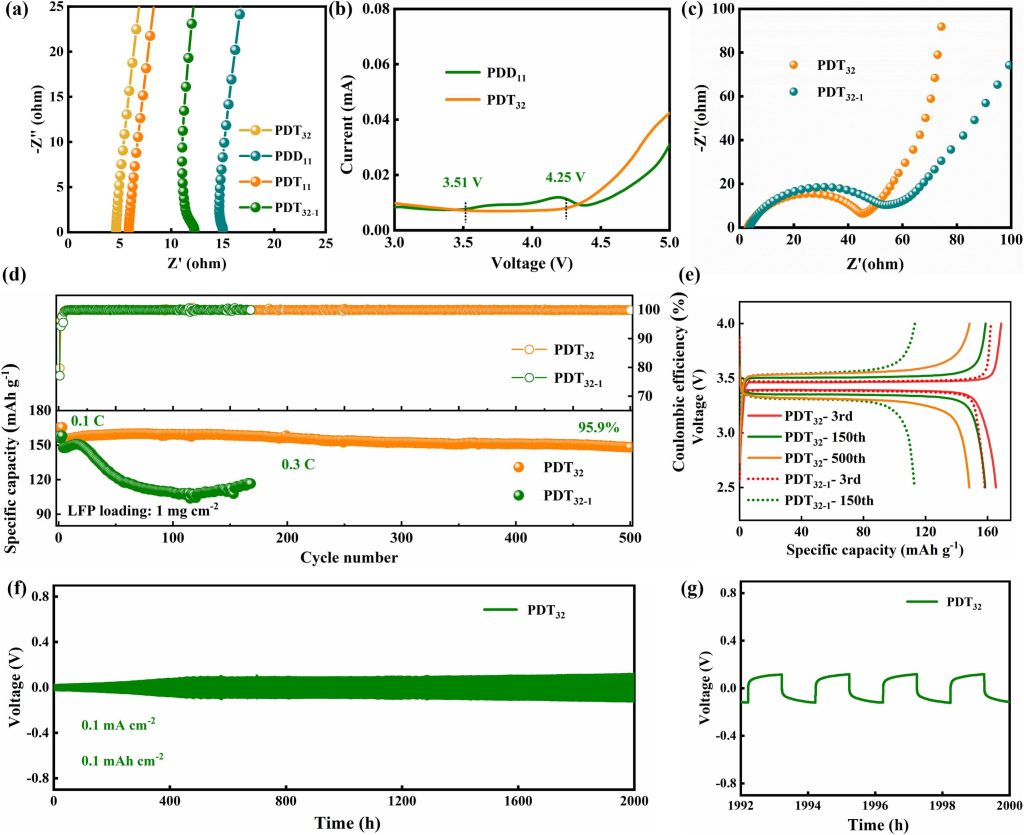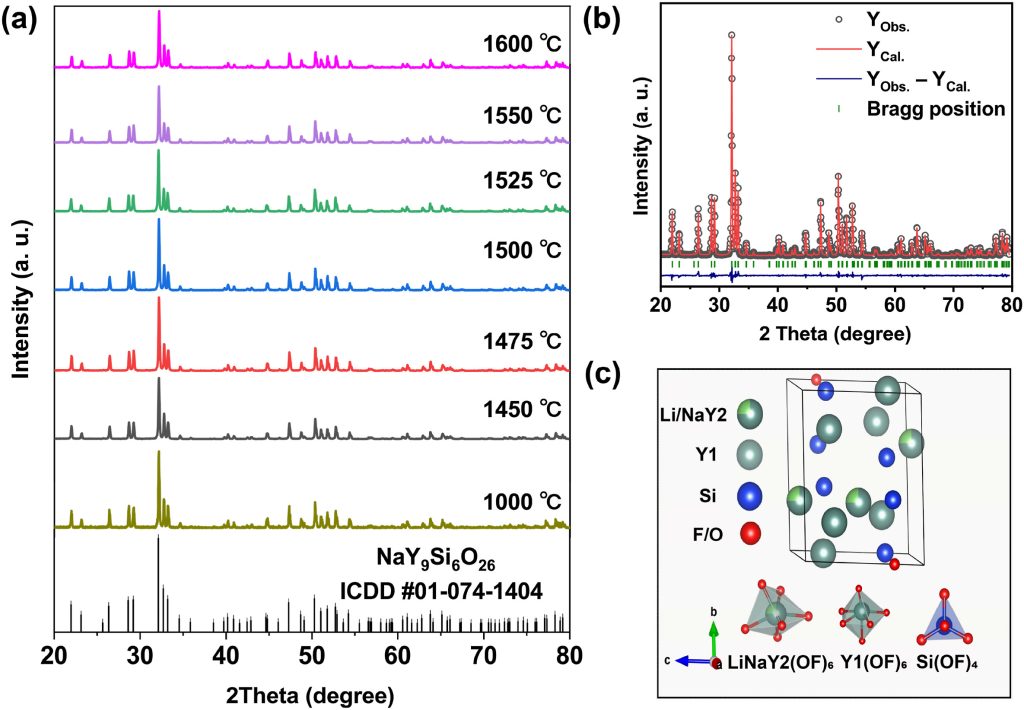Paper
——我想要抓住每一个靠近真切的瞬间

Haofeng Peng, Zixuan Fang, Ming Zhang, Mengqiang Wu
Lithium metal batteries using in situ semi-solid-state polyether electrolytes attract attention for their simple fabrication, high energy density, and safety. DOL monomers can undergo lithium salt-initiated polymerization at room temperature, enabling promising PDOL-based electrolytes. However, poor intrinsic properties and low oxidation resistance hinder their practical use. Introducing TTE as a diluent and FEC as an additive enables solvent reconstruction and interfacial fluorination, significantly enhancing performance. Simulations show TTE improves solvent structure and anion coordination, supporting stable Li/Li cycling over 2000 h at 0.1 mA cm⁻². FEC further enables Li/NCM811 cells to deliver 206.3 mAh g⁻¹ at 0.1C and stable cycling at 0.3C.

Zixuan Fang (a1), Haofeng Peng (a1), Deyin Liang (b), Yingxiang Li (b), Bin Tang (c), Ming Zhang (a)
The demand for dielectric ceramics with excellent responses in the Gigahertz and Terahertz bands is increasing for 6th generation wireless communication. In this work, we use density functional theory to design novel ceramics. Analysis of Electron Localization Functions (ELF), Density of States (DOS), and crystal bond lengths suggests that co-doping with lithium and fluorine enhances the stability of Li0.5NaY9(SiO4)6O2F0.5 compared to NaY9(SiO4)6O2. We also report the synthesis of this novel oxyfluoride ceramic, which has a wide sintering temperature range and promising dielectric responses, making it suitable for 6G applications.